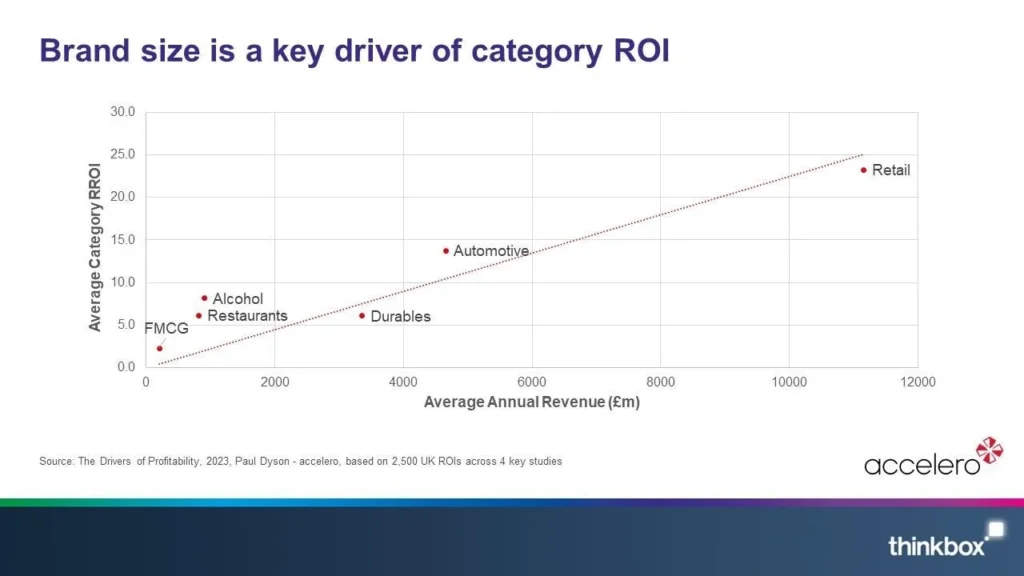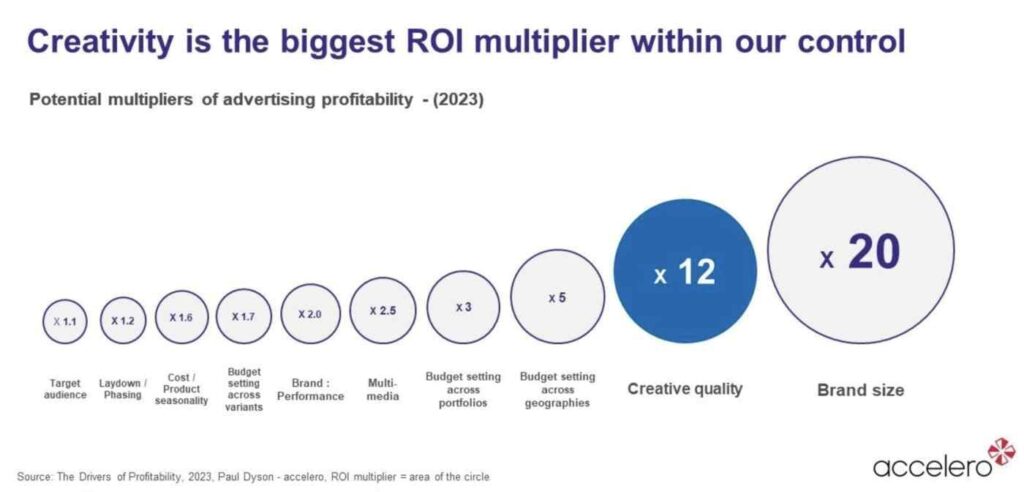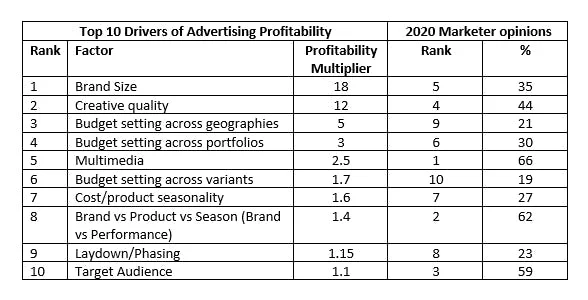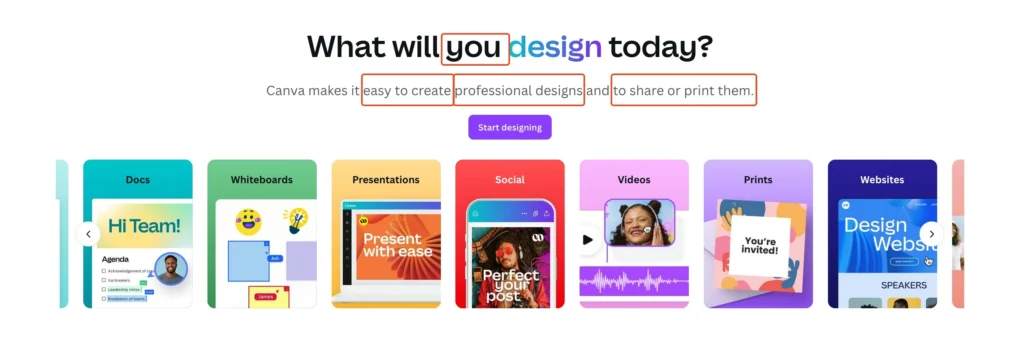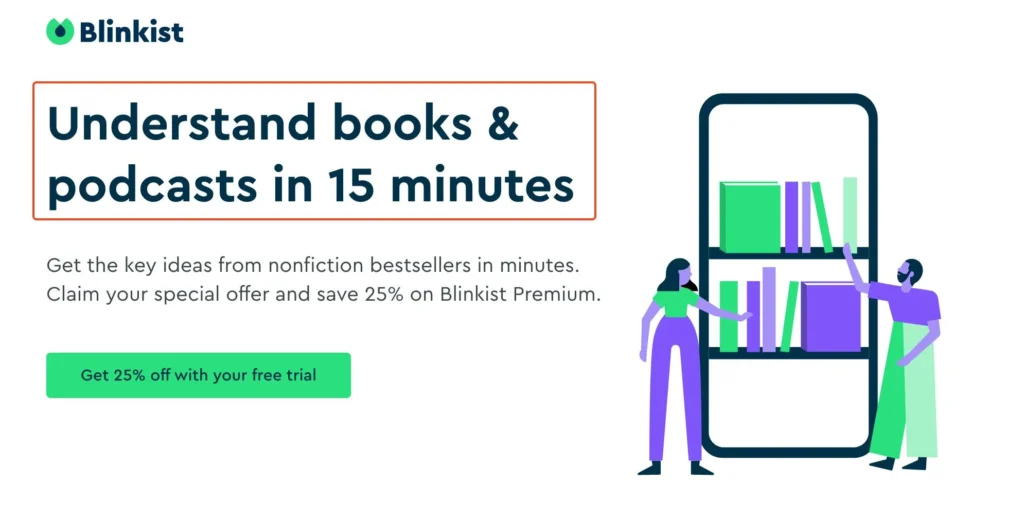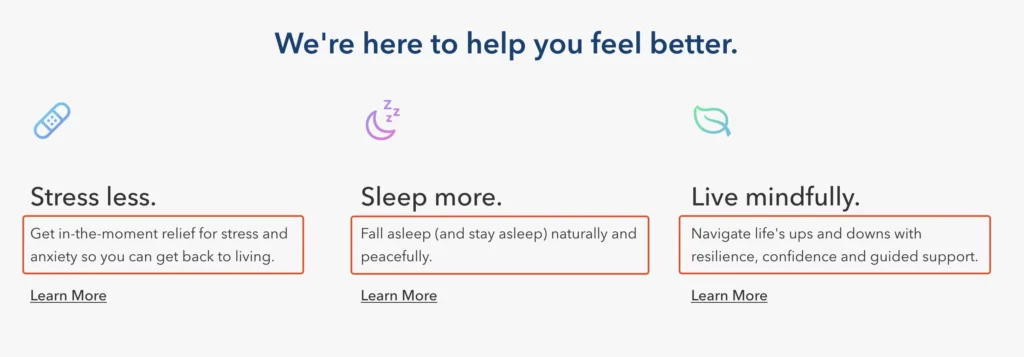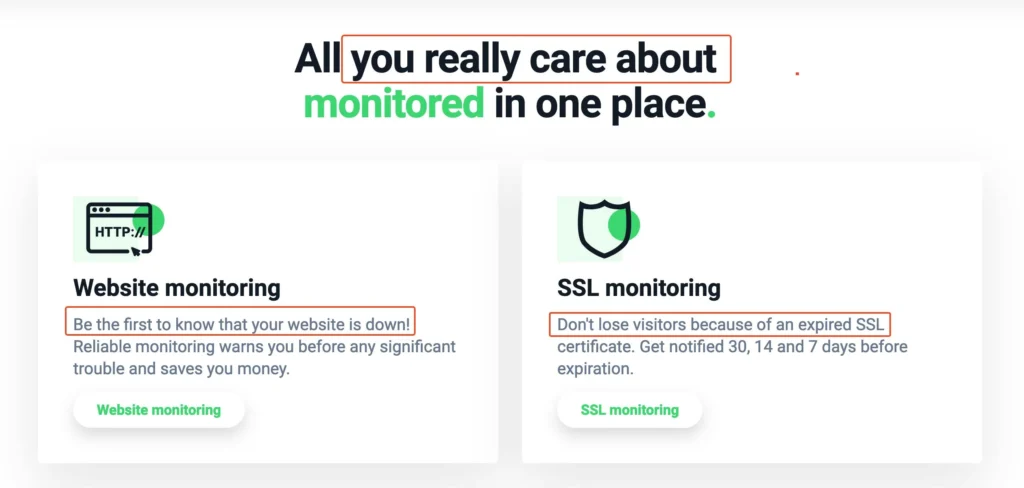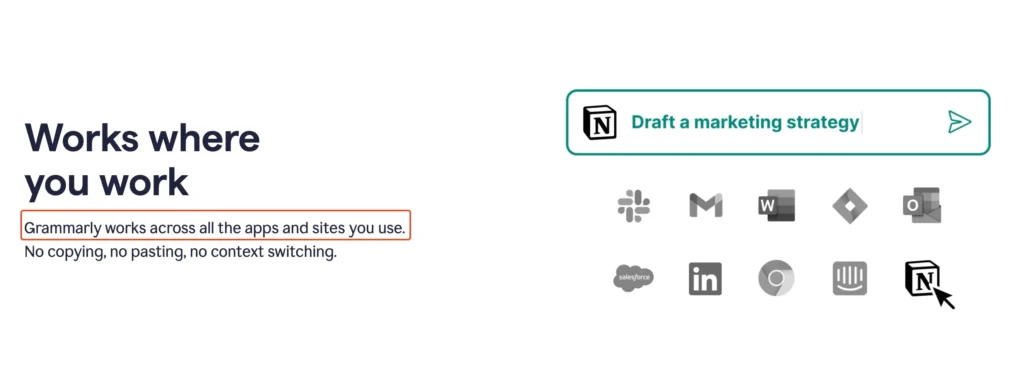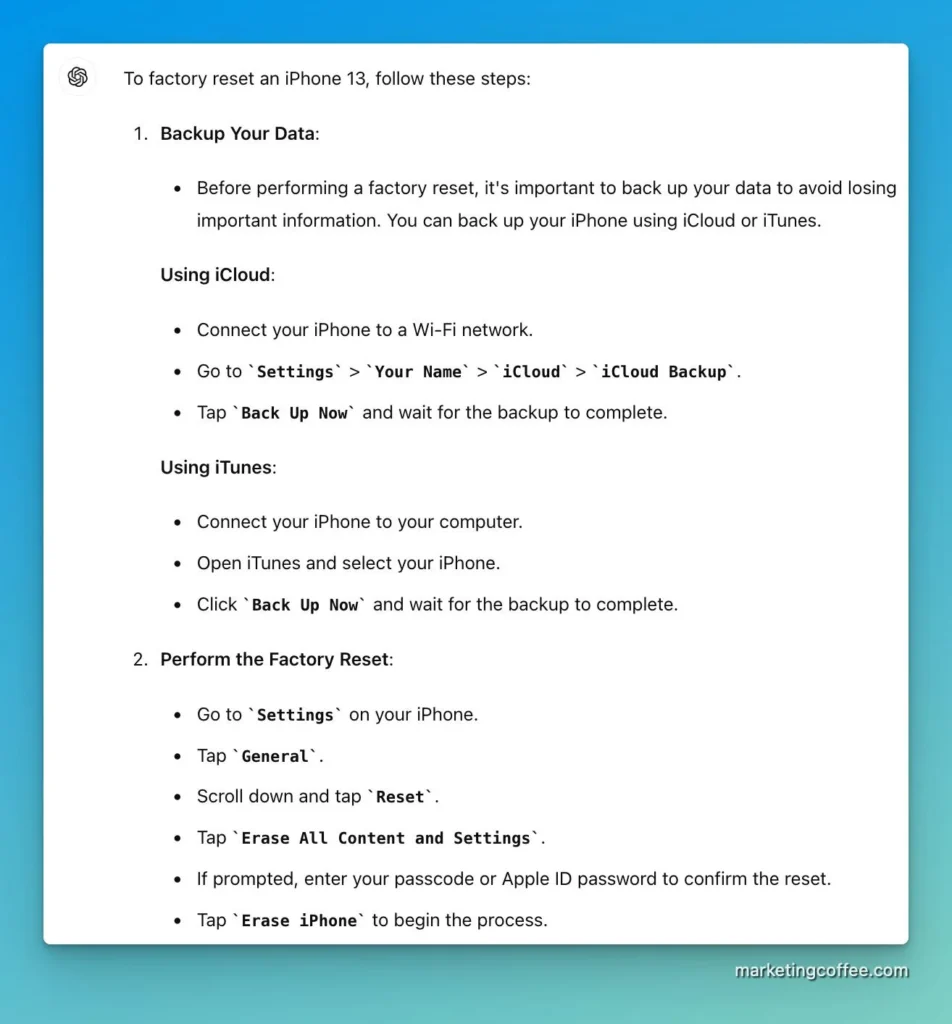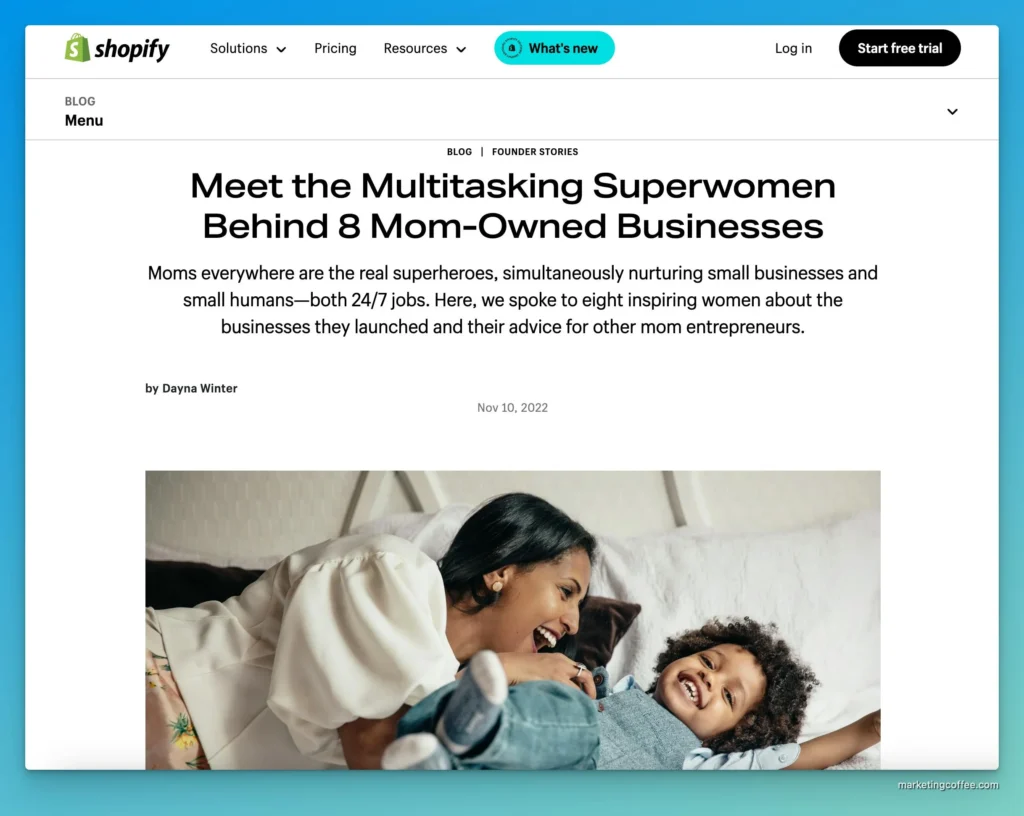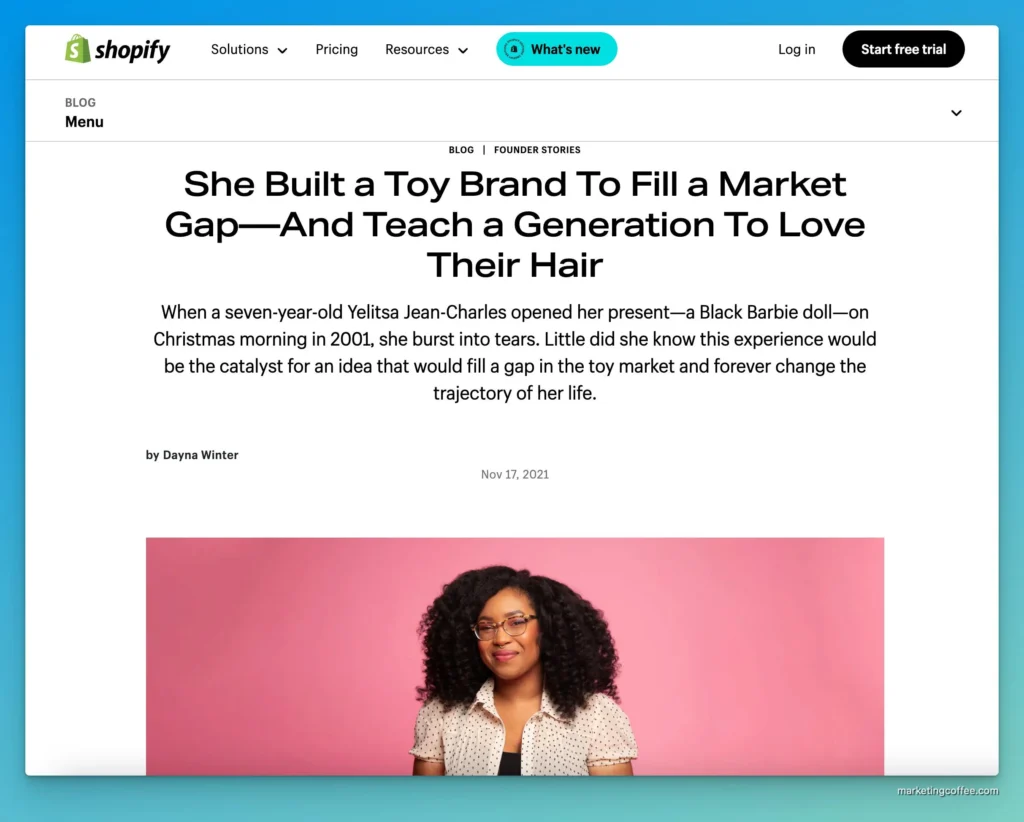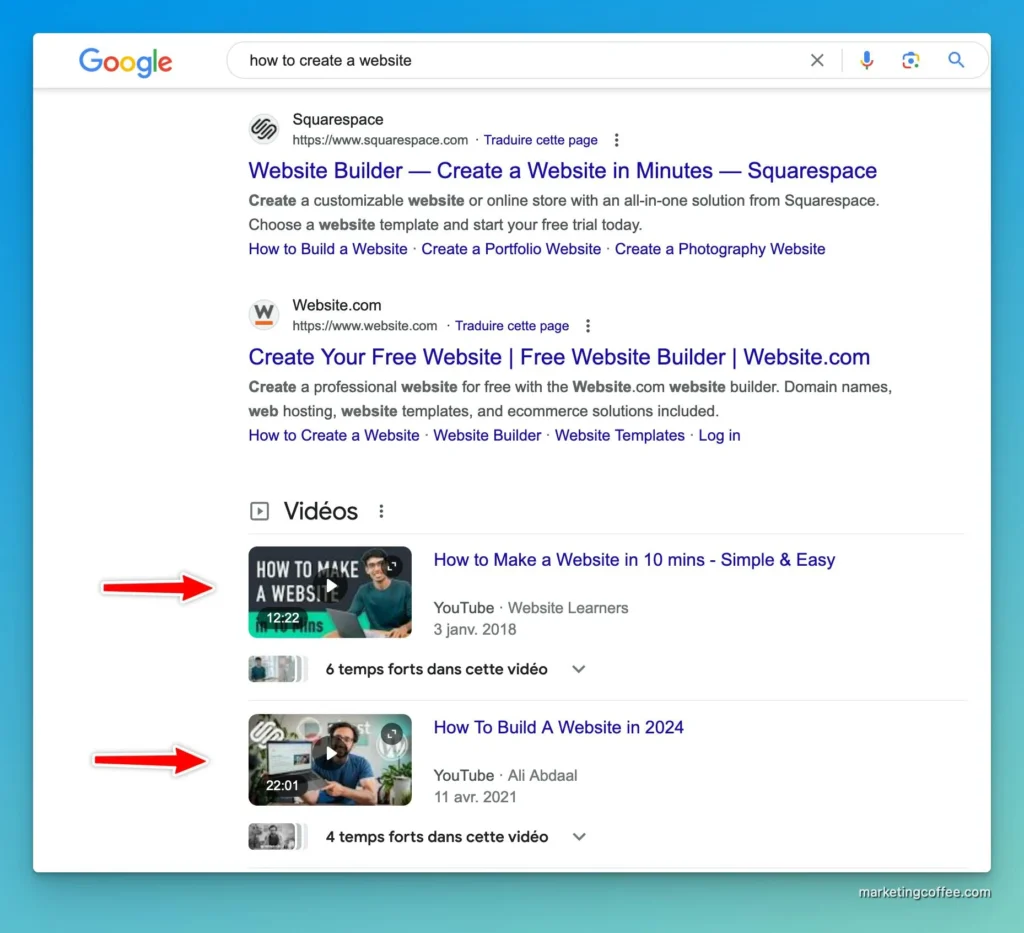There are two types of remote marketing jobs.
- Short-term freelancing jobs usually involve filling in gaps for a few months or working on a project basis.
- Long-term, « employing » jobs, where you fully embrace the company’s mission for unlimited time.
I’ve been fortunate enough to work in both settings, and each offered unique experiences and lessons.
That being said, there are cases of long-term freelancing jobs that tend to blur the lines between the two types. They offer the stability of a long-term position, often with a single client, while retaining the flexibility and project-based nature of freelancing.
Regardless of the type of remote marketing job you’re looking for, here’s my method for landing one that matches your aspirations.
Use remote-friendly job boards for research
Although they tend to become increasingly popular, remote jobs aren’t yet the norm. You could browse the usual job boards – but chances are you’d have difficulty finding remote marketing jobs on them.
Instead, look at these remote-friendly job boards. You’ll be much more likely to find offers that match your preferences.
Depending on your capacity, I suggest selecting 5-15 jobs that match your skills or aspirations. The closer the match, the bigger your chances.
- https://weworkremotely.com/
- https://wellfound.com/
- https://www.flexjobs.com/
- https://www.workingnomads.com/jobs
- https://remotive.com/
- https://remoteok.com/
- https://justremote.co/
Combine with a targeted LinkedIn job search
LinkedIn is a great platform for browsing remote-friendly jobs. I used it to find my current marketing freelance position at VML.
The key is knowing how to use it.
Start by searching for marketing jobs (of course, you can replace « marketing » with « communication » or « copywriting, » depending on your specialty).
Then, choose the correct location. Even though you’re searching for remote jobs, most companies would instead work with someone in the same country.
You can also use additional filters such as experience level or salary range.
Finally, make sure that you select « Remote » to display relevant results.
When writing, I found about 7500 remote marketing jobs listed in the US.

Time to apply: how to stand out from the crowd
You’re now about to apply for several remote marketing jobs.
Should you use AI to ChatGPT your way through cover letters?
No. You should do the opposite and write personalized cover letters for each job you apply for.
Why? Because this, combined with a well-structured resume, will make you stand out from other candidates.
The key to successful cover letters and resumes is matching the job offer and conveying the right mindset.
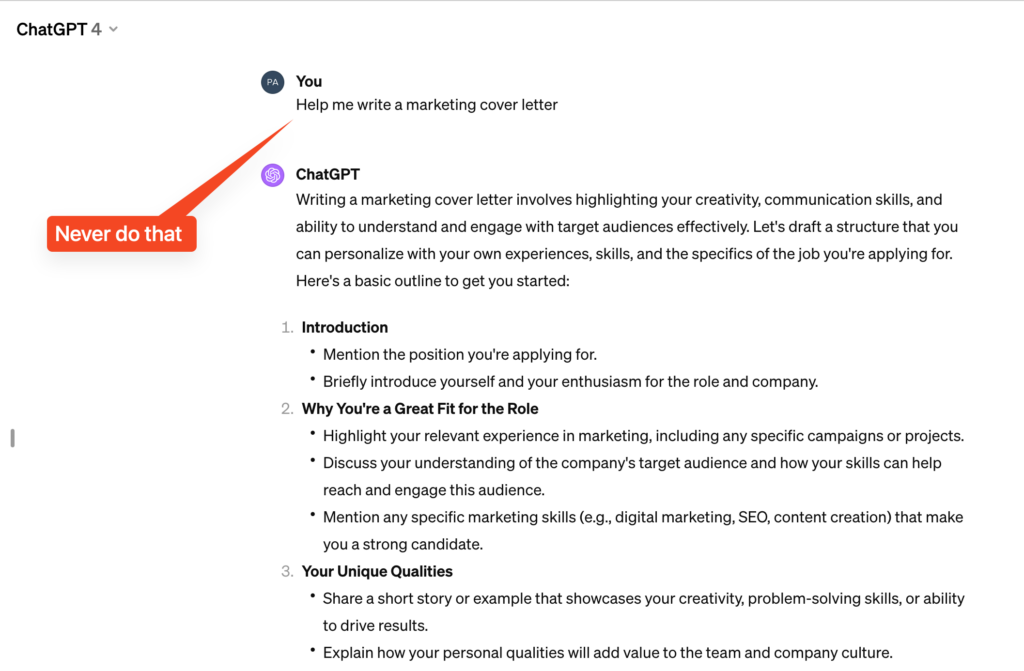
Your cover letter should deliver a narrative connecting with the job’s mission.
Your resume should highlight the skills and experiences that make you a great candidate.
Both should reflect a hunger for growth, commitment, and generating results.
Lastly, showing that you’ve successfully worked remotely in the past (and achieved results!) can make all the difference between you and other candidates.
I previously published on how to write a killer marketing cover letter. You can check it out here.
Prepare for your remote job interview
Remote interviews differ from in-person interviews because they lack non-verbal cues, requiring more intentional communication.
Practically speaking, they require more effort to deliver a clear presentation and answer your interviewer’s questions.
I recommend preparing interview notes separated into two categories:
- A presentation section (this is your elevator speech)
- A questions section (this is where you take notes)
Your presentation section should contain bullet points highlighting the key facts, stories, and experiences you will use during your introduction – or when answering questions from your interviewer. It should be kept short and focused on the experiences most relevant to this job.
Your questions section should be split in two. The first part should contain 2-3 genuine questions you have about the position. The second part should be blank; this is where you will take notes as you ask your interviewer questions. When taking notes, feel free to explain what you are doing.
For instance, you could say, « If that is okay for you, I will take a few seconds to note that. » This will show your implication and seriousness about the interview process.
And now, over to you!
Landing a cool remote marketing job isn’t easy, especially in lousy job markets.
However, putting in the effort to personalize your applications will dramatically increase your chances of getting hired.
That’s it for today. If you found this interesting, consider subscribing to my newsletter.
It’s free – and I will send you 3 new marketing hacks you can use immediately every week.



